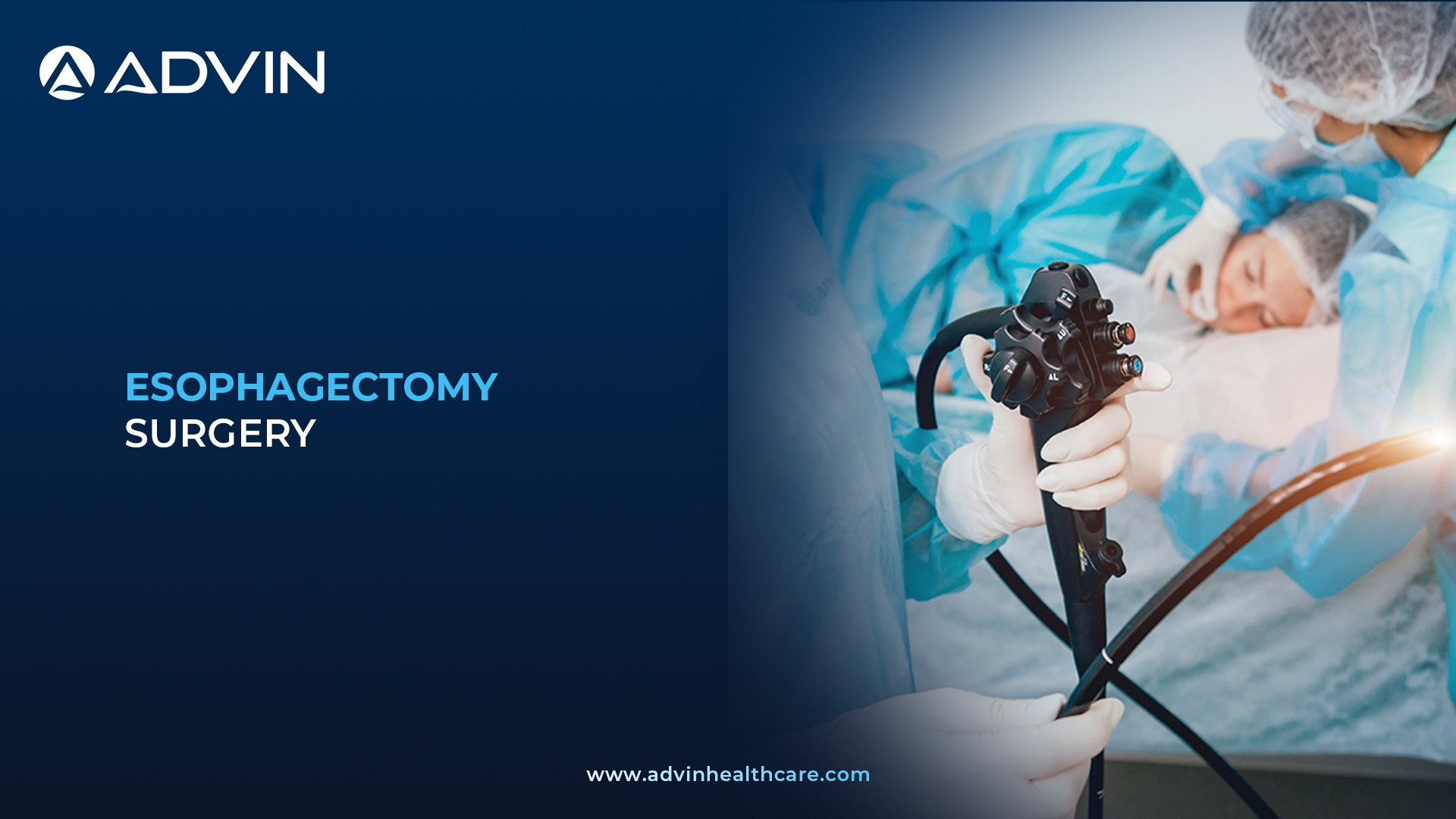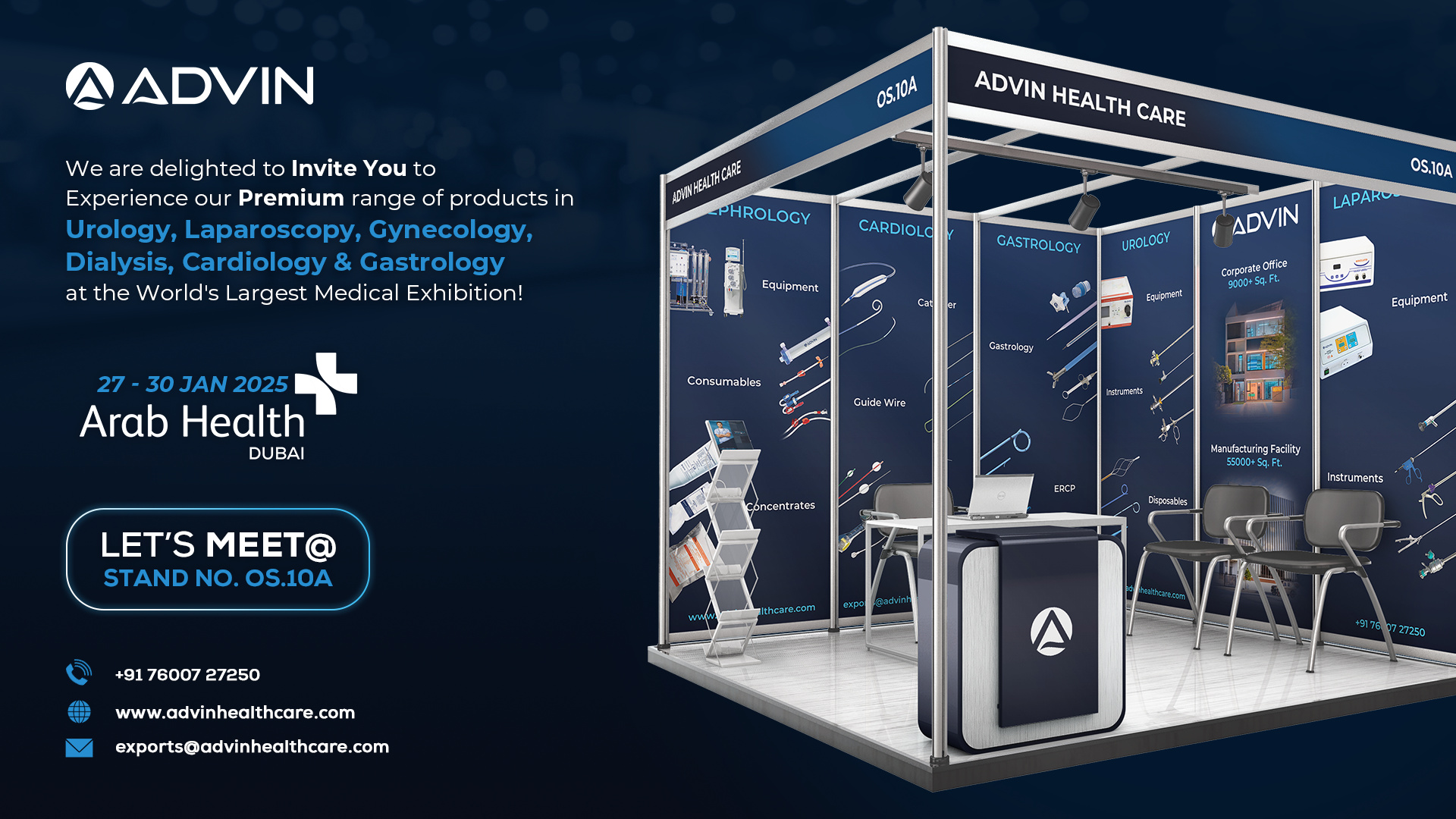Understanding Esophagectomy
Esophagectomy is a surgical procedure to remove part or all of the esophagus. It is mostly performed to treat esophageal cancer or severe damage from other diseases. The remaining part of the digestive tract is reconnected to allow food to pass from the throat to the stomach or intestine.
Inside the Operation – How Esophagectomy Is Performed
Esophagectomy is usually done under general anesthesia, using either an open or minimally invasive approach. The surgeon accesses the esophagus through incisions in the neck, chest, or abdomen, depending on the disease location. A portion or the entire esophagus is removed along with surrounding lymph nodes. The stomach or a section of the intestine is then pulled up and connected to the remaining esophagus or throat to restore the digestive pathway. Tools like thoracoscopes, surgical staplers, and energy devices are commonly used. The surgery improves outcomes in patients with cancer, severe strictures, or non-functioning esophageal segments.
Why It’s Done?
- To treat esophageal cancer that has not spread extensively
- To manage Barrett’s esophagus with high-grade dysplasia
- For severe trauma or strictures unresponsive to endoscopic treatment
- In cases of advanced achalasia or end-stage motility disorders
Key Surgical Instruments for Esophagectomy
- Esophageal Stent
- Endoscopic Ultrasound (EUS) Scope
- Endoscopic Clipping Device
- Endoscopic Injection Needle
- Sclerotherapy Needle
- Hemoclip Applicator
- Endoscopic Electrosurgical Generator
- Nasojejunal Feeding Tube
- Balloon Dilator for Esophageal Stricture
- Mouth Guard for Endoscopy
Countries Where Esophagectomy Is Most Common
- United States
- China
- Japan
- Germany
- United Kingdom
Advantages of Esophagectomy Surgery
- Provides curative treatment for early-stage esophageal cancer
- Helps relieve severe swallowing difficulties
- Improves survival in selected patients with advanced disease
- Enables removal of diseased tissues and lymph nodes
- Allows restoration of digestive continuity using stomach or intestine
Recent Advances in Esophagectomy
Modern esophagectomy techniques have significantly improved patient outcomes. Minimally Invasive Esophagectomy (MIE) uses small incisions and endoscopic tools, reducing recovery time and complications. Robotic-assisted surgery offers greater precision and control for complex cases. Enhanced imaging, such as intraoperative fluorescence, helps ensure clear tumor margins. Newer anastomosis techniques lower the risk of leakage at the surgical join. These advances make the procedure safer, more effective, and more widely accessible.
Advin Health Care is a trusted manufacturer of Esophagectomy-related surgical instruments, offering a wide range of precision tools used in minimally invasive and open thoracoabdominal surgeries.
Get Connected:
+91-75037 27250 | gastrology@advinhealthcare.com | www.advinhealthcare.com



